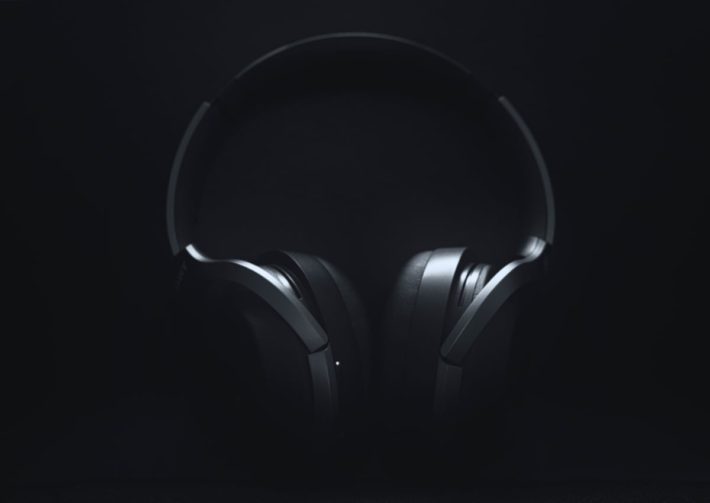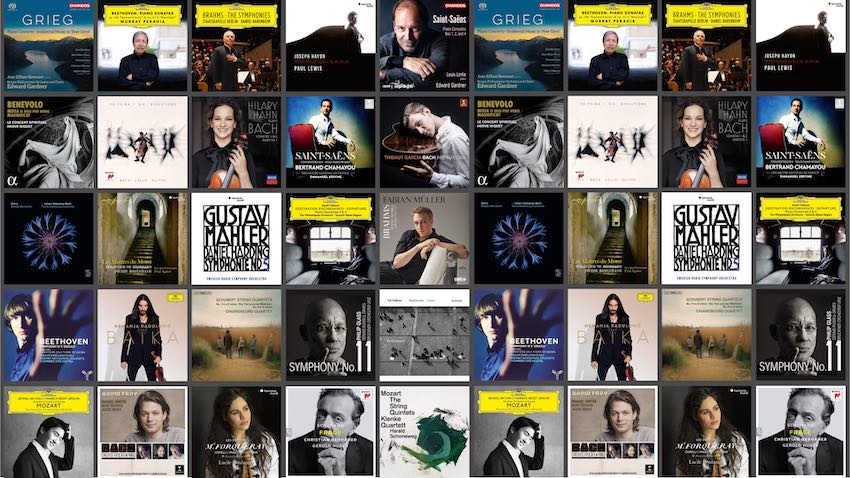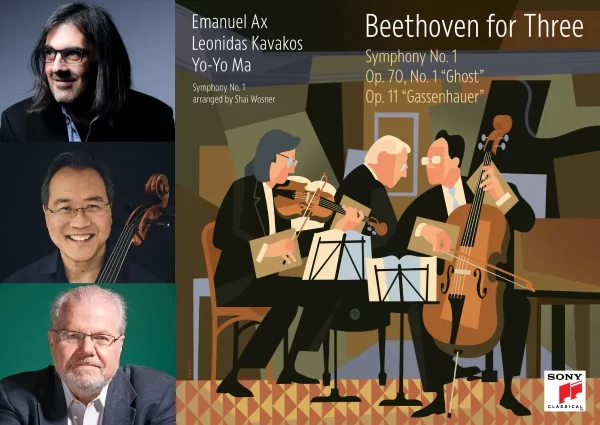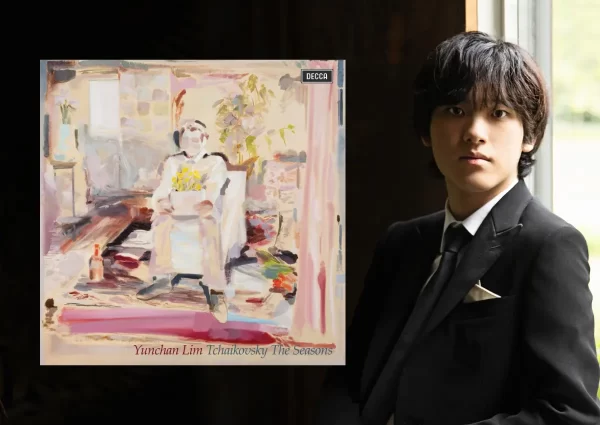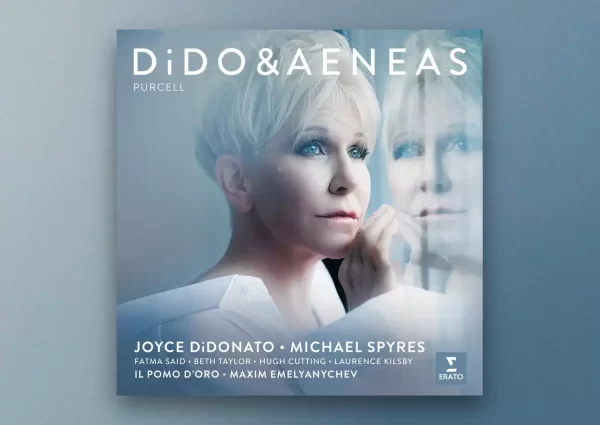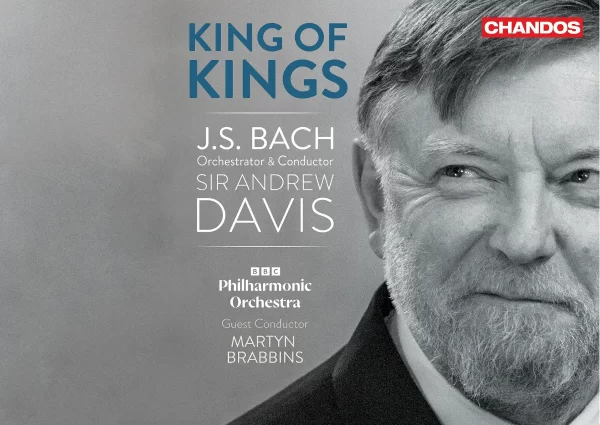Wireless over-the-ear headphones have become highly advanced in recent years. Almost every reputable brand offers noise cancellation technology, reliable Bluetooth connectivity, and a dedicated app. In this review, we cover the best wireless, over-the-ear headphones for classical music. We selected the three models below based on their relatively fair price, comfortable wear, solid connectivity, and effective noise cancellation. The Bose and Bowers & Wilkins models weigh around 0.5 to 0.6 pounds (approximately 0.25 kg), while the Apple AirPods Max is notably heavier at approximately 0.85 pounds (0.39 kg) and are robustly built.
Because of the similarities between the three models, we mainly focused on the sound quality. We listened to three recent classical music albums, superbly recorded, of different classical music genres – orchestral (Klaus Mäkelä ’s recent recording of Shostakovich’s Symphonies No. 4-6), chamber (the interesting “Concert de Chausson, Quintette de Vierne”) and piano solo (Alexandre Kantorow wonderful album of music by Brahms and Schubert).
Bose QuietComfort Ultra
The Bose QuietComfort Ultra is an evolution of the successful QuietComfort 35 and 700 models. The Ultra version feels lighter and more comfortable, with a contemporary design that improves upon the bulkier QuietComfort 35. The Ultra is the lightest of the three models reviewed, making it suitable for extended listening sessions. Noise cancellation has been enhanced compared to previous models.
In terms of sound quality, the QuietComfort Ultra provides the most unintrusive sound profile. The bass and treble are balanced out of the box, with sufficient midrange clarity to ensure proper frequency separation. This model excelled across all three albums tested, particularly in chamber and solo piano recordings. While the bass felt a little understated during orchestral climaxes, this can be adjusted via the Bose Equalizer settings. The new “Spatial Audio” feature is a pleasant addition, although it lacks the full Dolby Atmos support available in Apple’s AirPods Max.

Find offer for these wireless headphones on Amazon.
Bowers & Wilkins – PX7 S2e
The Bowers & Wilkins PX7 S2e improves upon the PX5 model with larger drivers and extended battery life (up to 30 hours, according to B&W). The PX7 S2e adheres to B&W’s audio philosophy, delivering a focused and dynamic treble that maintains clarity even during demanding passages.
The separation between instruments is impressive but sometimes comes at the expense of overall blend, most noticeable in orchestral recordings. This model is versatile, appealing to listeners who enjoy genres beyond classical music, such as jazz or rock. Among the three models, the PX7 S2e retained the most natural sound when noise cancellation was active, although some external noise still seeped through.

Find offer for these wireless headphones on Amazon.
Apple AirPods Max
Replacing the Sony WH-1000XM5 in our previous list, the Apple AirPods Max offers a unique listening experience, particularly for classical music lovers who appreciate spatial audio. From the moment you handle the AirPods Max, the premium design is evident. The aluminum ear cups, stainless steel headband, and memory foam ear cushions provide both comfort and a luxurious feel. The weight distribution is well-balanced, allowing for long listening sessions without fatigue despite the 0.85 pounds wight.
The standout feature of the Apple AirPods Max is its full support for Dolby Atmos. This technology provides an immersive listening experience, replicating the acoustics of a live concert hall. Instruments are positioned with remarkable accuracy, enhancing orchestral recordings in ways traditional stereo cannot. Head tracking further enhances this sensation, subtly shifting the soundscape based on movement, simulating the experience of turning one’s head during a live performance.
While some classical purists may need time to adjust to Dolby Atmos, the result is a more authentic and spacious presentation. The AirPods Max excel across all classical genres, from solo and chamber music to large orchestral works. Noise cancellation is among the best in class, effectively blocking out ambient sounds without compromising the integrity of the music.
The primary drawback is the price, as the AirPods Max are the most expensive option on this list. However, their seamless integration with Apple devices and innovative audio technology may justify the investment for dedicated classical music enthusiasts.
Read the full review of Apple’s AirPods Max here
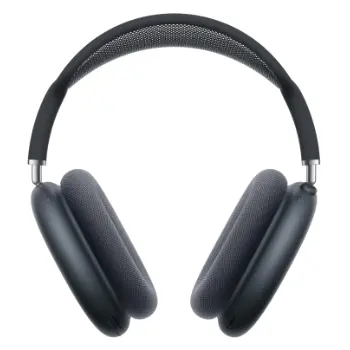
Find offer for these wireless headphones on Amazon.

You May Also Like
Included with an Apple Music subscription:
Latest Classical Music Posts
Read more classical music reviews or visit The Classic Review Amazon store
Follow Us and Comment:
Sign Up For Our Classical Newsletter
It's free. And we don't spam.
Get our periodic classical music newsletter with our recent reviews, news and beginners guides.
We respect your privacy.

